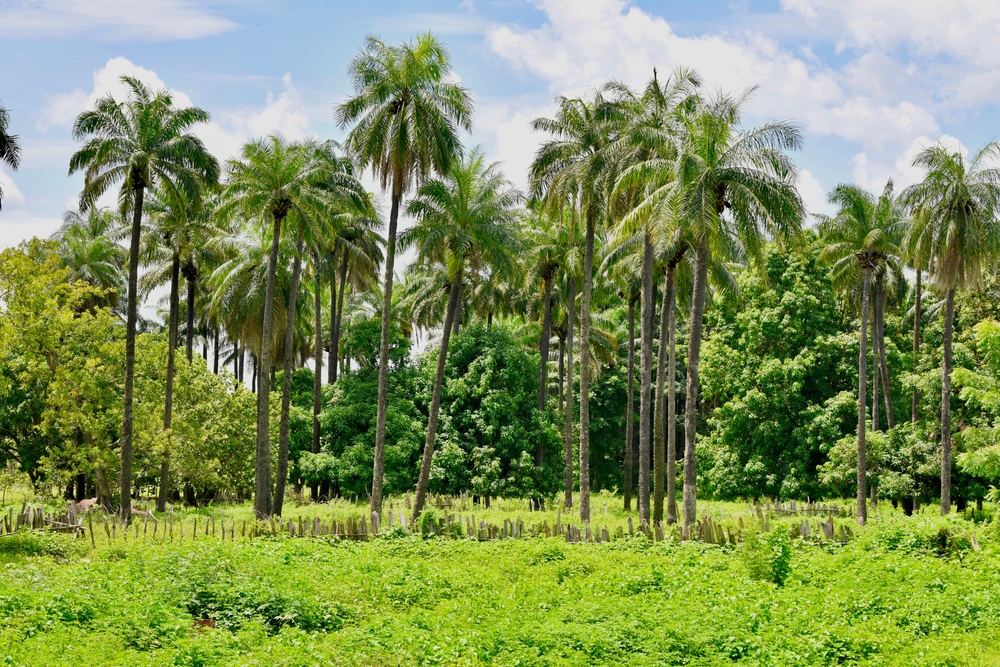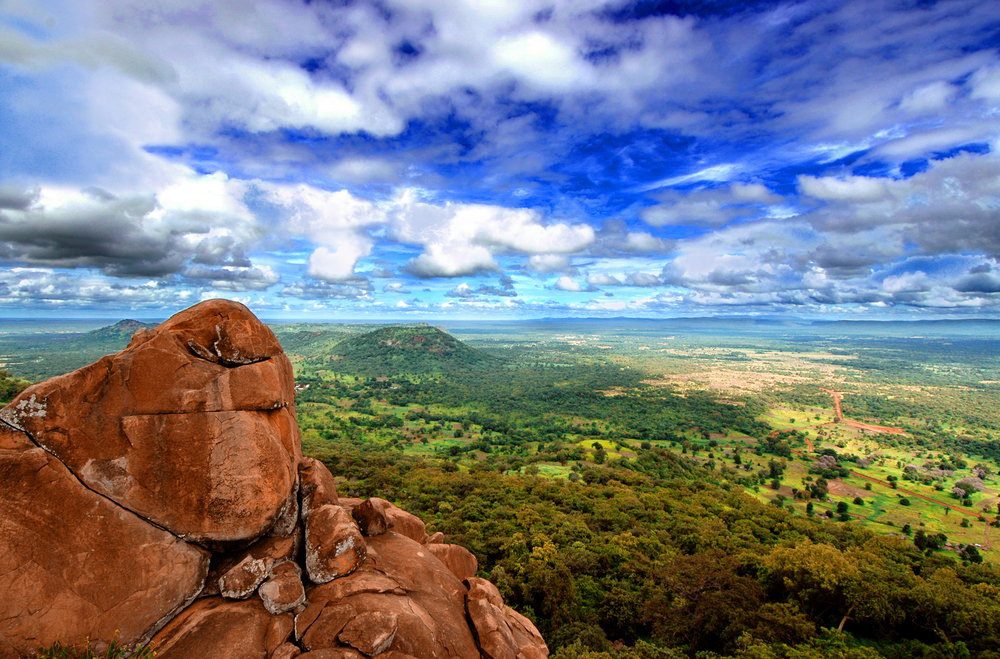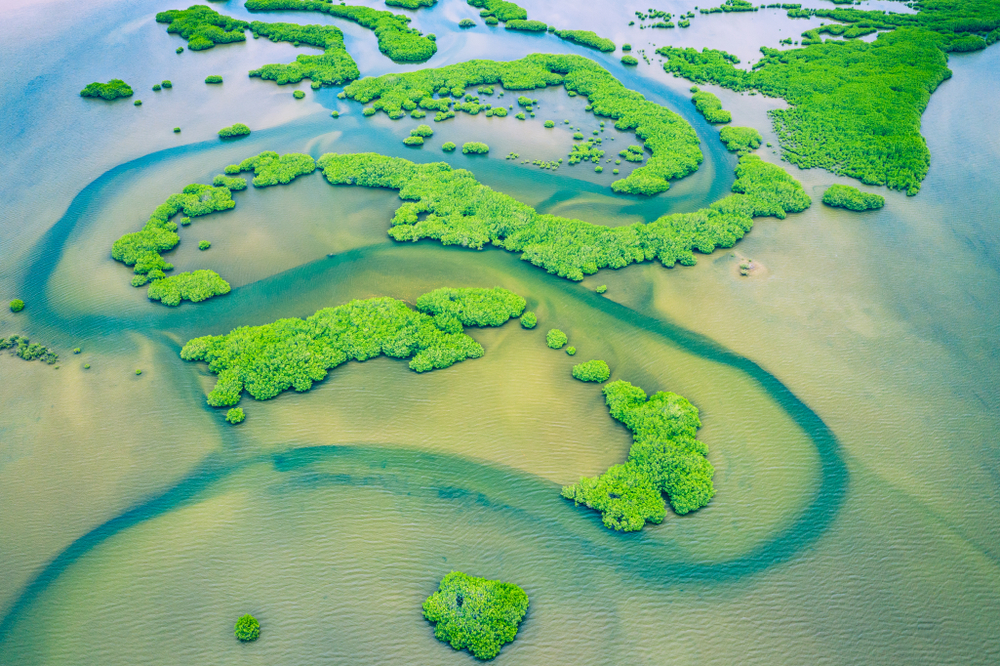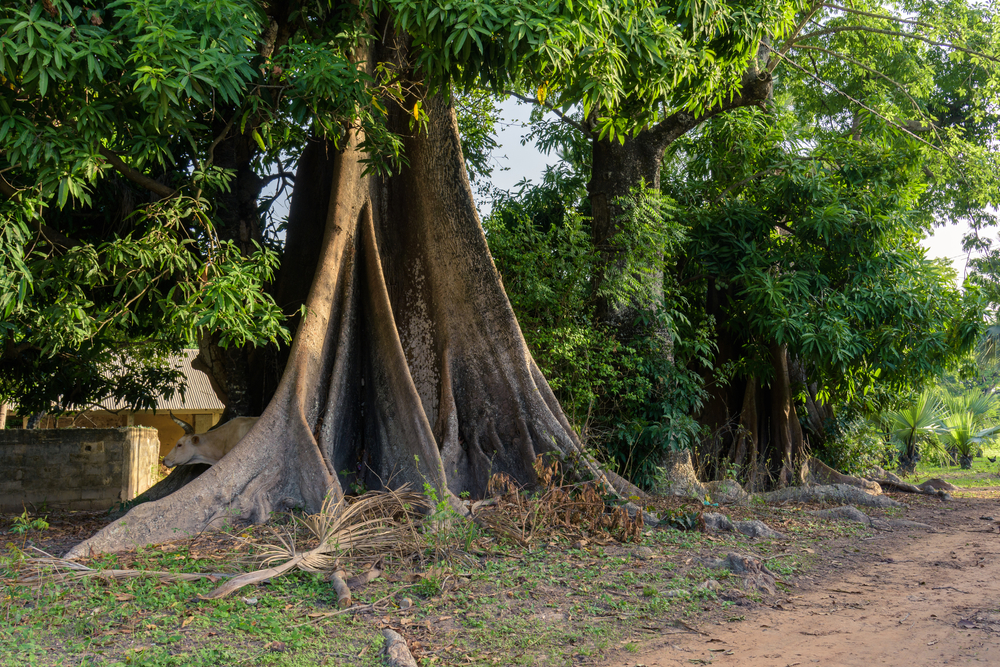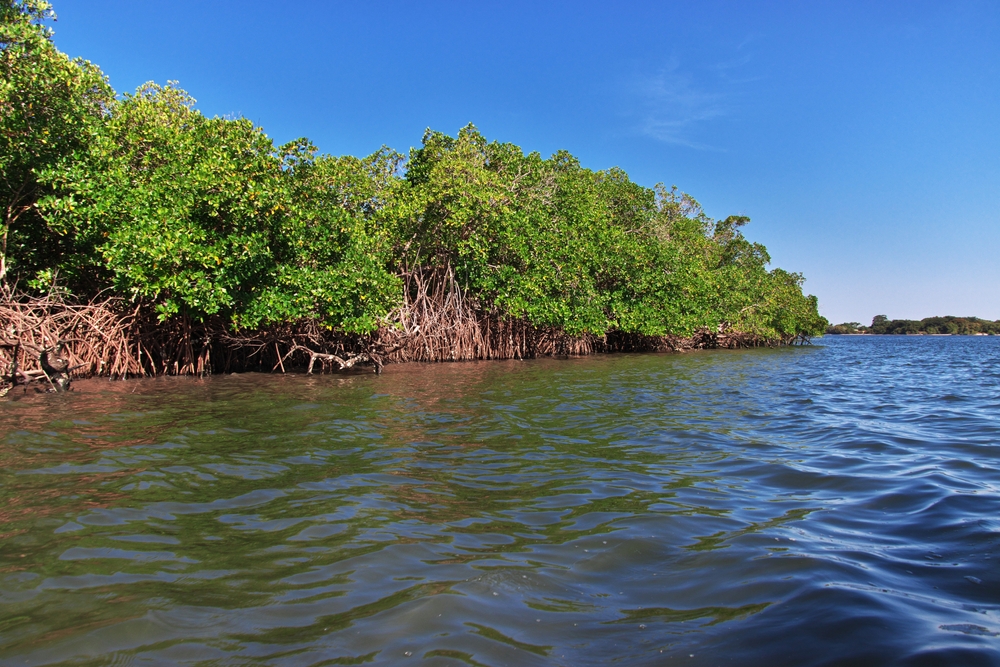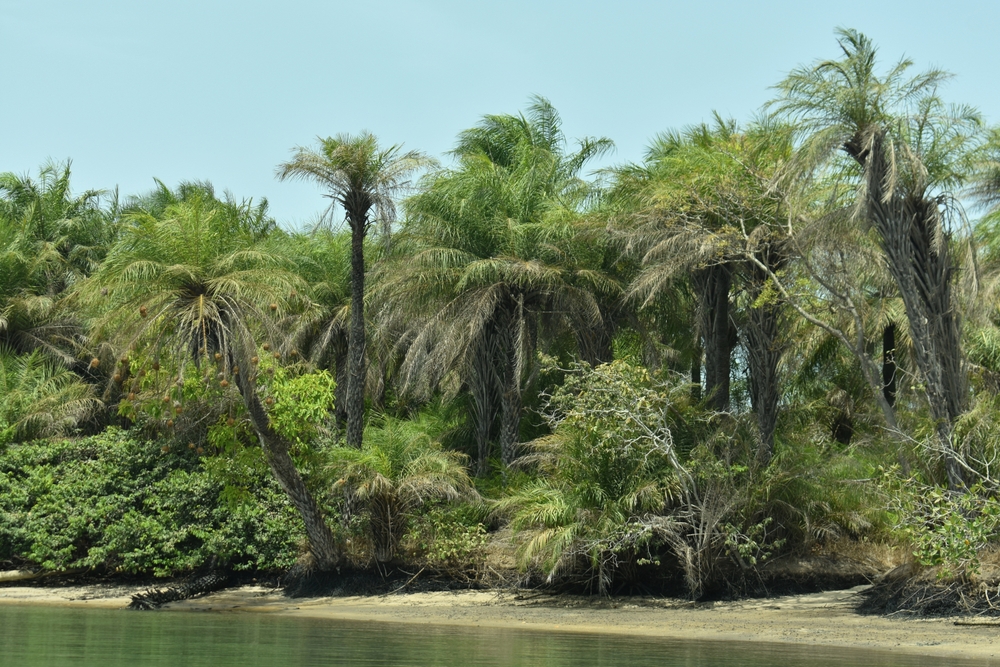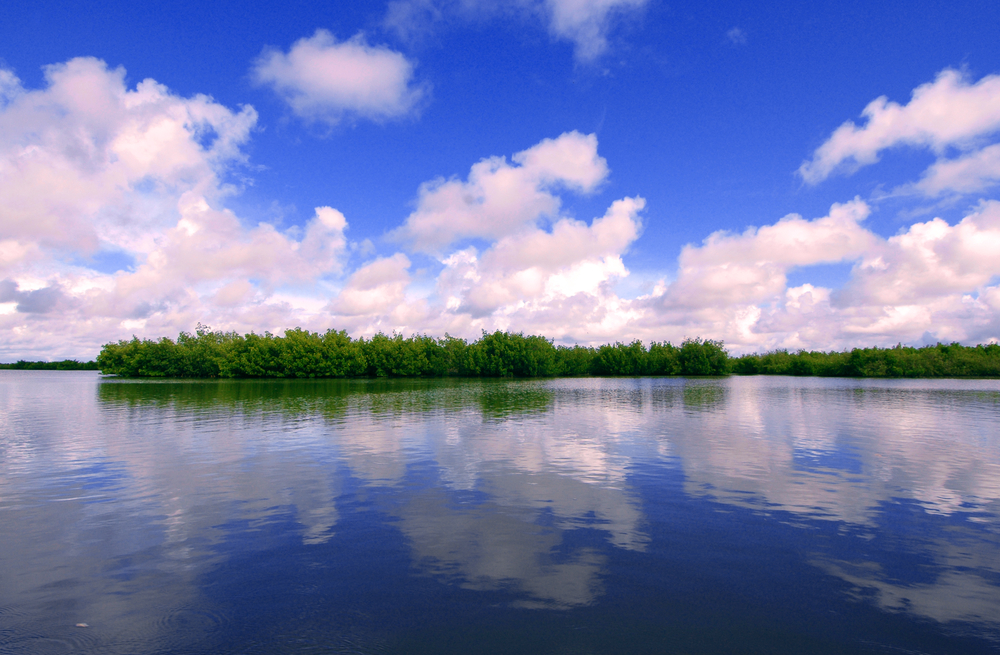Basse Casamance Overview
Basse Casamance National Park is located in the southwestern region of Senegal, near the border with Guinea-Bissau, in the Casamance region. Established in 1970, the park spans approximately 197 square miles (510 square kilometers), making it a significant protected area within Senegal’s tropical ecosystem. The park is situated in the Bignona Department, close to the coastal city of Ziguinchor, and is part of the larger Casamance River basin.
The landscape of Basse Casamance National Park is predominantly tropical, featuring dense forests, savannahs, mangrove swamps, and wetlands. This diversity in habitats makes the park unique in Senegal, with lush vegetation thriving due to the region’s relatively high rainfall compared to the more arid northern parts of the country. The park’s forests are rich with tall trees, including species like mahogany, kapok, and baobab, creating a vibrant canopy that shelters a variety of wildlife.
The park is home to a wide range of animals, although in recent years, wildlife populations have fluctuated due to factors like poaching and human activity. Species found in Basse Casamance include monkeys, buffaloes, warthogs, and, in the past, elephants. Various bird species, such as parrots, hornbills, and egrets, add to the park’s biodiversity, making it a haven for birdwatchers.
Basse Casamance’s coastal and forested areas provide important habitats for these species, and its location near the Atlantic Ocean means that the park is also rich in mangrove ecosystems, which play a critical role in protecting the coastal environment and supporting marine life. Although the park’s accessibility has been affected by political instability in the region, it remains a vital area for biodiversity conservation and a hidden gem within Senegal’s protected areas
Park Map
Basse Casamance National Park Highlights
Engaging Basse Casamance National Park
Related National Parks More Senegal
Sources
- Archiqoo, Basse Casamance National Park, https://archiqoo.com/categories/nature_reserves_sub_lists.php?subsite=basse_casamance_national_park, retrieved August 2024.
- Birdlife Data Zone, Casamance National park, https://datazone.birdlife.org/site/factsheet/parc-national-de-basse-casamance-iba-senegal, retrieved August 2024.
- Protected Planet, Basamance National Park, https://www.protectedplanet.net/868, retrieved August 2024.
- Wikipedia, Basamance National Park, https://en.wikipedia.org/wiki/Basse_Casamance_National_Park, retrieved August 2024.








































































